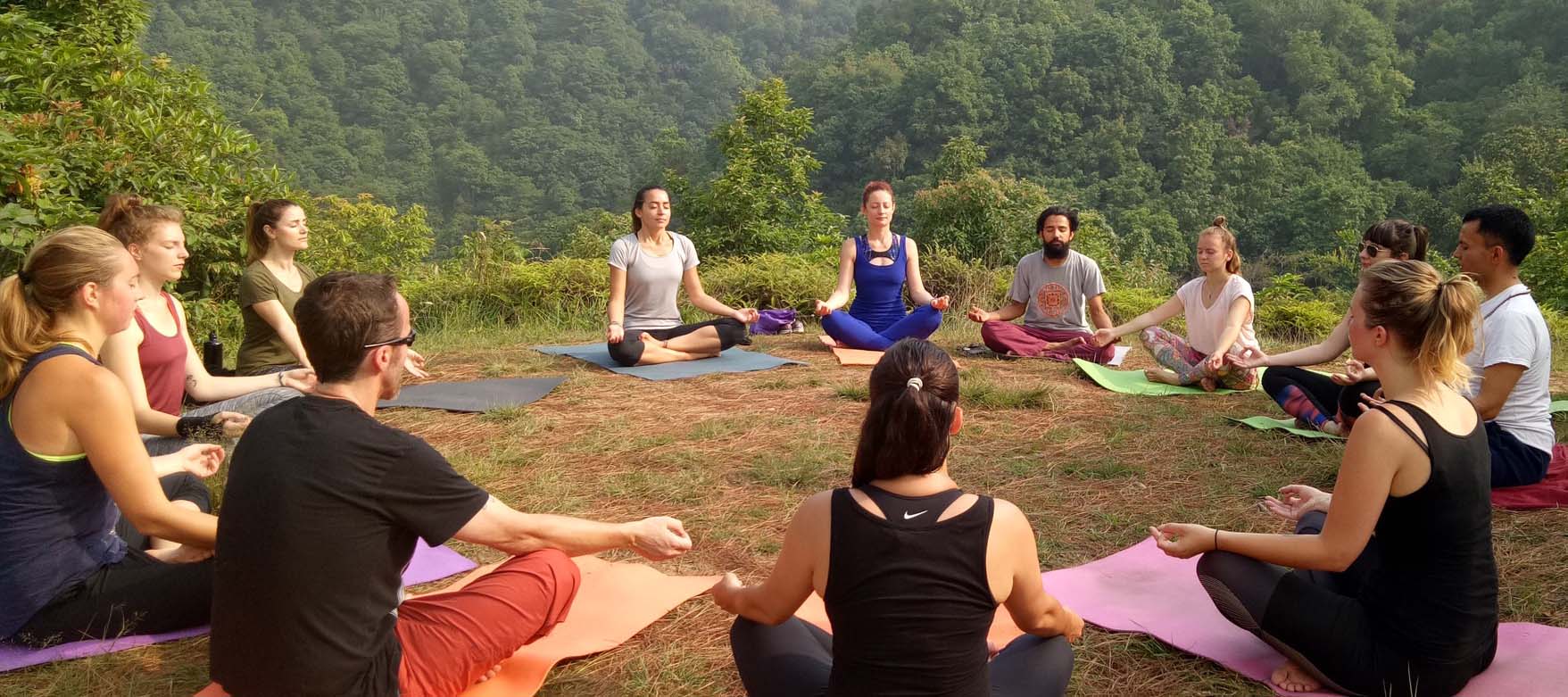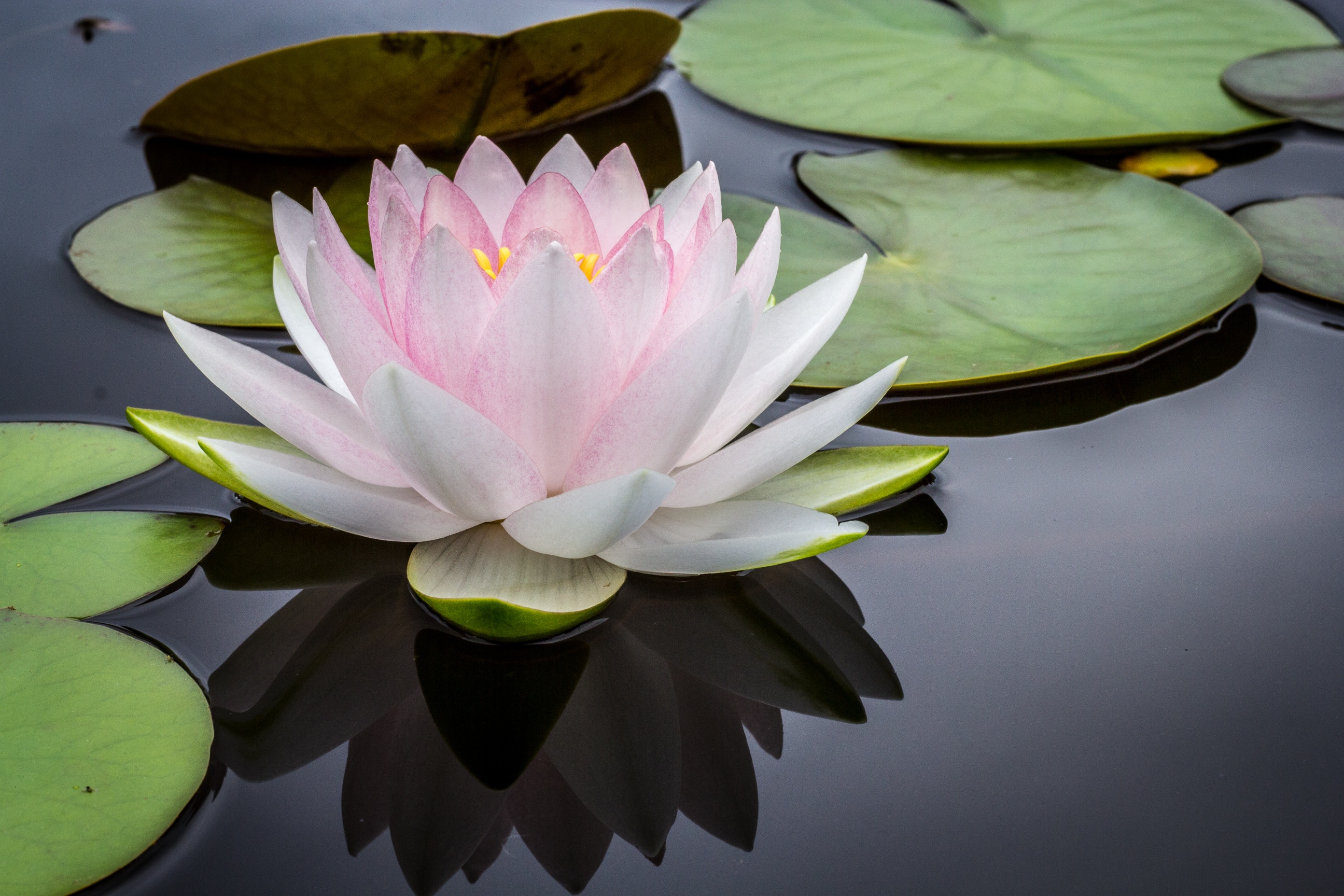
28 Jun 2019 HYN Himalayan Yoga Academy
Despite more than a century of research, we still don’t know much about the earliest History of Yoga. The beginning of the yoga tradition is undoubtedly shrouded in the mists of antiquity. Yoga philosophy is universally recognized as one of humanity’s oldest and most important scientific spiritual legacies. People have preached and practiced it uninterruptedly since the dawn of human history.
We do know, though, that it originated in Himavat Kshetra / Bharata Khanda 15,000 or more years ago. The Rig Veda, the world’s oldest sacred text, conveys this message. Then, in the early 1920s, archaeologists surprised the world with the discovery of the so-called Indus civilization. A culture that we now know extended over an area of roughly 300,000 square miles (the size of Texas and Ohio combined). This was the largest civilization in early antiquity.
The ruins of the big cities of Mohenjo-daro and Harappa of the Indus Valley period (3000 – 2000 BC) strongly suggest that it recognized yoga before the Vedic period. The excavators (a person who digs earth) found deities resembling Lord Shiva and Shakti performing various asanas and practicing meditation.
Mythical tradition holds that Shiva founded yoga, with Parvati as his first disciple. Shiva symbolizes the embodiment of supreme consciousness, while Parvati represents supreme knowledge, will, and action. This force, known as Kundalini Shakti, is the dormant cosmic energy present in all beings.
Yoga arouse at the beginning of human civilization when humankind first realized their spiritual potential and began to evolve techniques to develop it. The yogic science was slowly developed by sages and seers all over the world.
Sanatan/Divine civilization Period; period of God, Goddess, Sages, and Seers; human development / Prevedic Period
Vedic and Upanishadic Period (Vedas and Upanishads):-
HISTORY OF YOGA: Although scholars differ in their opinion on the connection of Indus Valley civilization with Vedic civilization, the source of yoga is undoubtedly found in the Vedic literature.
- Rig-Veda and the other three ancient hymnodies are known as Vedic Yoga. The Sanskrit word Veda means “knowledge,” while the Sanskrit term rig (from ric) means “praise.” Thus the sacred Rig Veda is a collection of hymns that are in praise of a higher power. The other three Vedic hymnodies are the
- Yajur-Veda (“Knowledge of Sacrifice”),
- Sama-Veda (“Knowledge of Chants”), and
- Atharva-Veda (“Knowledge of Atharvan”)
Upanishads:
Anyone who reads the Upanishads in the original Sanskrit is caught up and immersed in the profound, captivating connection between humans and ultimate reality. There are in total around 108 smaller Upanishads. There are 11 main old Upanishads. Later. But the 11 are considered important.
They include:
1. Brahadharanyaka Upanishad – Teachings on Individuals from the Great Forest.
2. Kathopanishad – After Death – Story of Nachiketha
3. Isa Vasya Upanishad – The Ruler of the Self
4. Mandukya Upanishad – Consciousness
5. Thaitriya Upanishad – Everything in Life to bring Happiness or Sadness
6. Aithreyapanishad – About Man Himself/Herself.
7. Kenopanishad – Asking Who and What questions about the world
8. Mundaka Upanishad – Modes of Knowledge
9. Chandogya Upanishad – Sacrifice and Self
10. Prashnopanishad – Questions of Life
11. Shwethaswarthopanishad.
SHATA DARSANA
The main Hindu orthodox (astika) schools of Indian philosophy are those codified during the medieval period of Brahmanic-Sanskritic scholasticism. They take the ancient Vedas (the oldest sacred texts of Hinduism) as their source and scriptural authority. The first two are related to Yoga.
- Samkhya Yoga Darshana:
Samkhya is the oldest of the orthodox philosophical systems. It postulates that everything in reality stems from purusha (self or soul or mind) and Prakriti (matter, creative agency, energy). It is a dualist philosophy, although between the self and matter. Rather than between mind and body as in the Western dualist tradition. And liberation occurs with the realization that the soul and the dispositions of matter (steadiness, activity, and dullness) are different. - Yoga Darshana:
The Yoga school, as expounded by Patanjali in his 2nd Century B.C. Yoga Sutras accept the Samkhya psychology and metaphysics. However, it is more theistic, with the addition of a divine entity to Samkhya’s twenty-five elements of reality. The relatively brief Yoga Sutras are divided into eight ashtangas (limbs), reminiscent of Buddhism’s Noble Eightfold Path. The goal is to quiet one’s mind and achieve kaivalya (solitariness or detachment).

- Nyaya Darshana:
The Nyaya school is based on the Nyaya Sutras, written by Aksapada Gautama in the 2nd Century B.C. Its methodology is based on a system of logic that has subsequently been adopted by the majority of the Indian schools, in much the same way as Aristotelian logic has influenced Western philosophy. Its followers believe that obtaining valid knowledge (the four sources of which are perception, inference, comparison, and testimony) is the only way to gain release from suffering. - Vaisheshika Darshana:
The Vaisheshika school was founded by Kanada in the 6th Century B.C., and it is atomist and pluralist in nature. The basis of the school’s philosophy is that all objects in the physical universe are reducible to a finite number of atoms, and Brahman is regarded as the fundamental force that causes consciousness in these atoms. The Vaisheshika and Nyaya schools eventually merged because of their closely related metaphysical theories. Although Vaisheshika only accepted perception and inference as sources of valid knowledge). Learn More about the HISTORY OF YOGA. - Purva Mimamsa Darshana:
The main objective of the Purva Mimamsa school is to interpret and establish the authority of the Vedas. It requires unquestionable faith in the Vedas and the regular performance of the Vedic fire sacrifices to sustain all the activity of the universe. Although in general, the Mimamsa accept the logical and philosophical teachings of the other schools. But, they insist that salvation can only be attained by acting following the prescriptions of the Vedas. - Vedanta Darshana:
The Vedanta focuses on meditation, self-discipline, and spiritual connectivity, more than traditional ritualism. Due to the rather cryptic and poetic nature of the Vedanta sutras, the school separated into six sub-schools, each interpreting the texts in its own way and producing its series of sub-commentaries:
Advaita (the best-known, which holds that the soul and Brahman are the same)
Visishtadvaita (which teaches that the Supreme Being has a definite form, name – Vishnu – and attributes)
Dvaita (which espouses a belief in three separate realities: Vishnu, and eternal soul and matter)
Dvaitadvaita (which holds that Brahman exists independently, while soul and matter are dependent)
Shuddhadvaita (which believes that Krishna is the absolute form of Brahman)
Acintya Bheda Abheda (which combines monism and dualism by stating that the soul is both distinct and non-distinct from Krishna, or God)
Other Texts associated yogic message directly or indirectly / Epic period.:
Ramayana, Purana and Mahabharata
Sutra period: Patanjali Yoga Darshan is the oldest, systematic treatise on yoga available to us. It is based on the previous and contemporary traditions of yoga.
